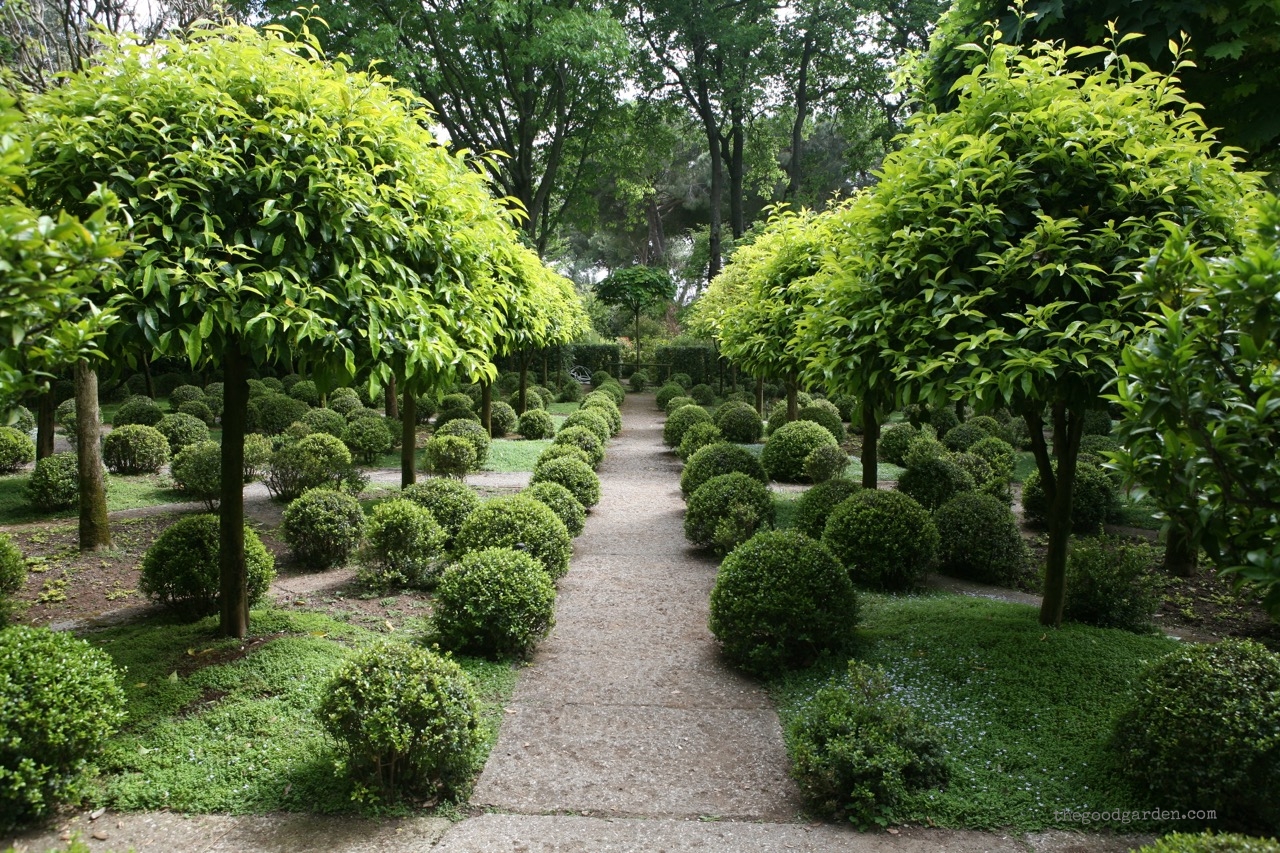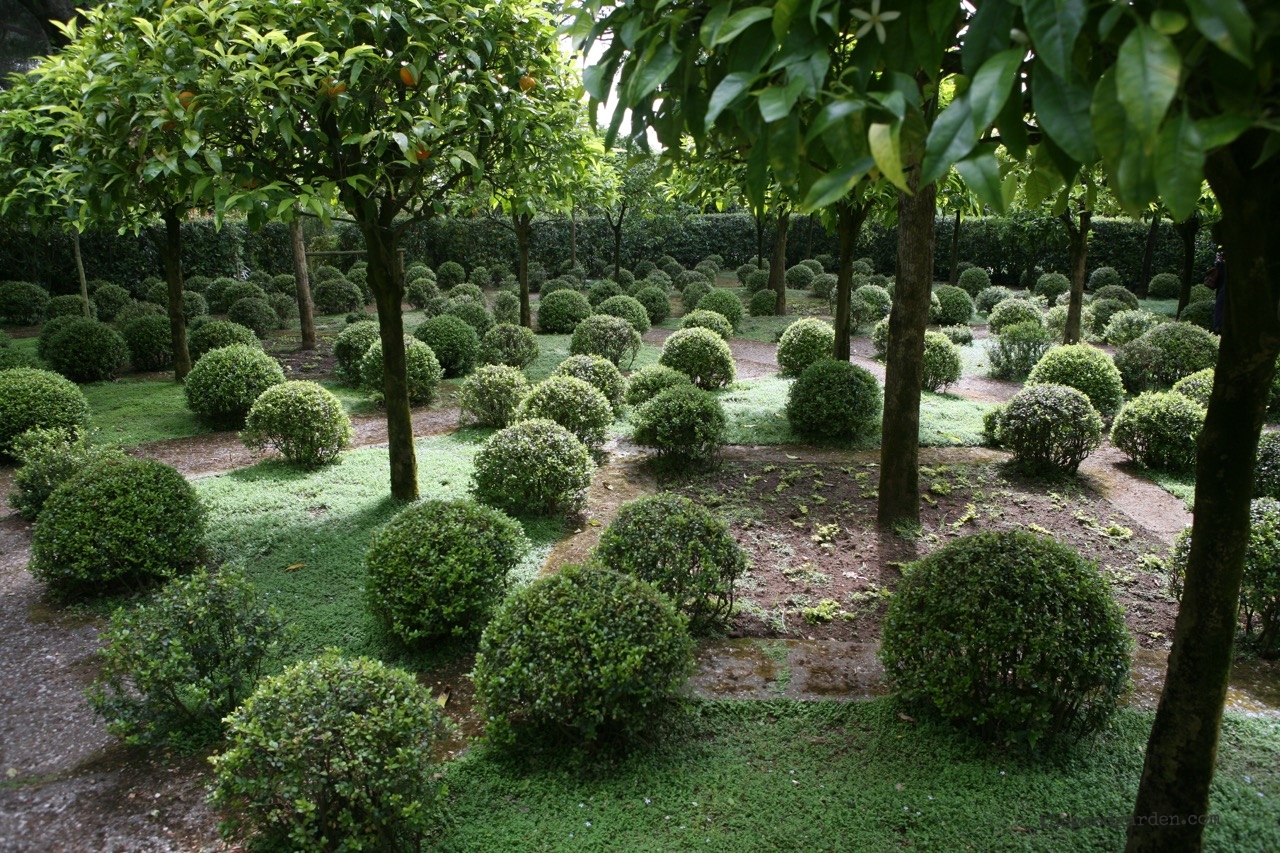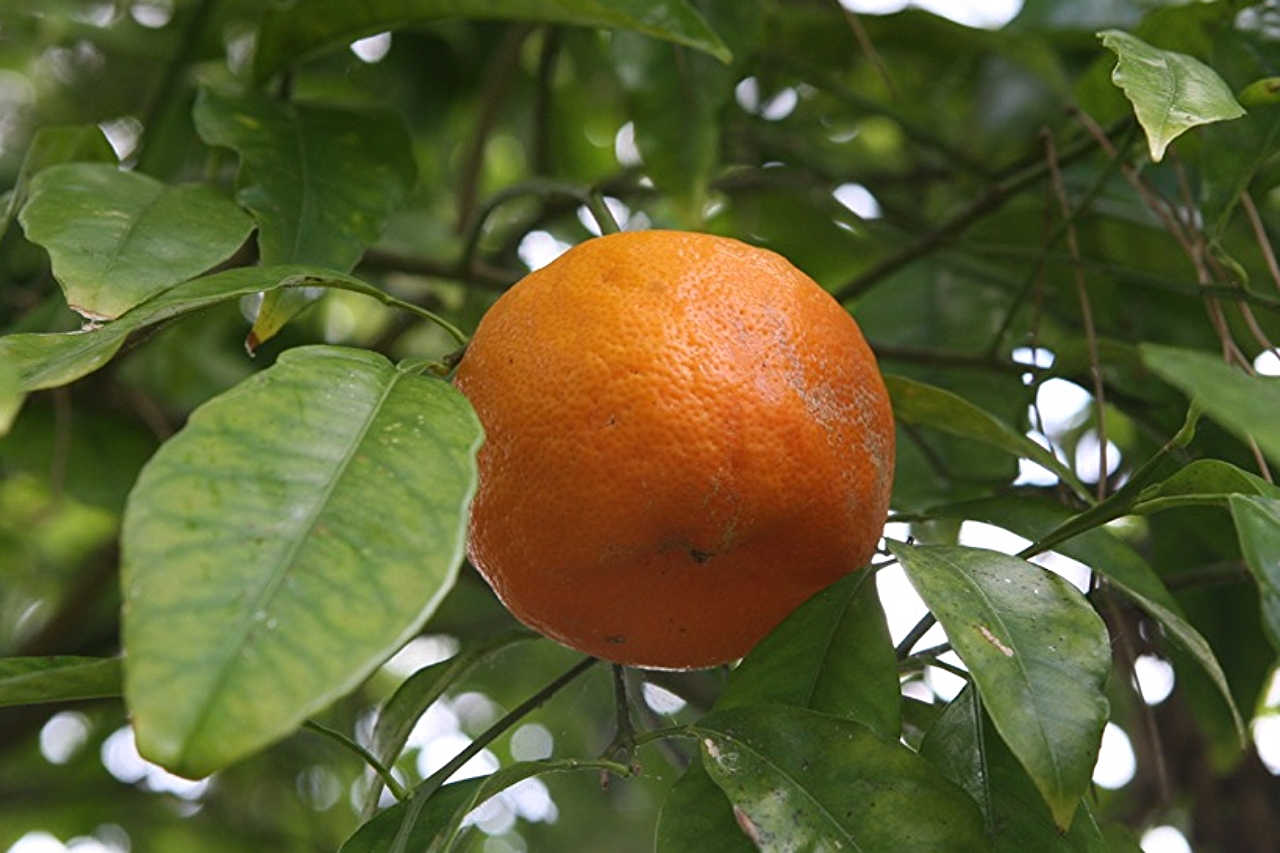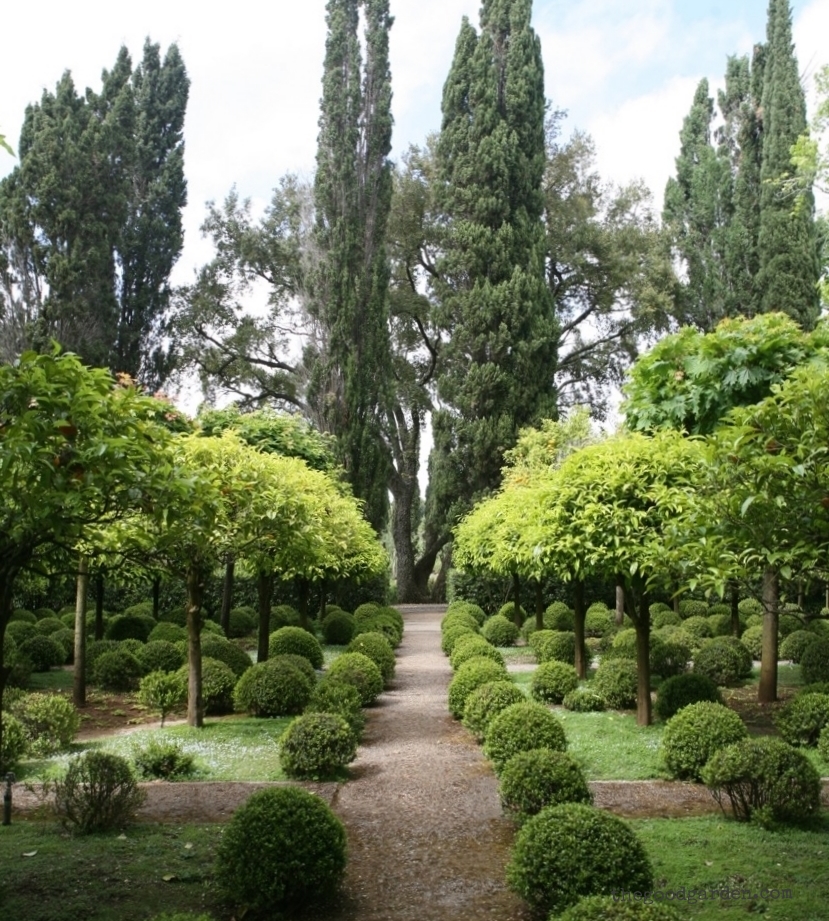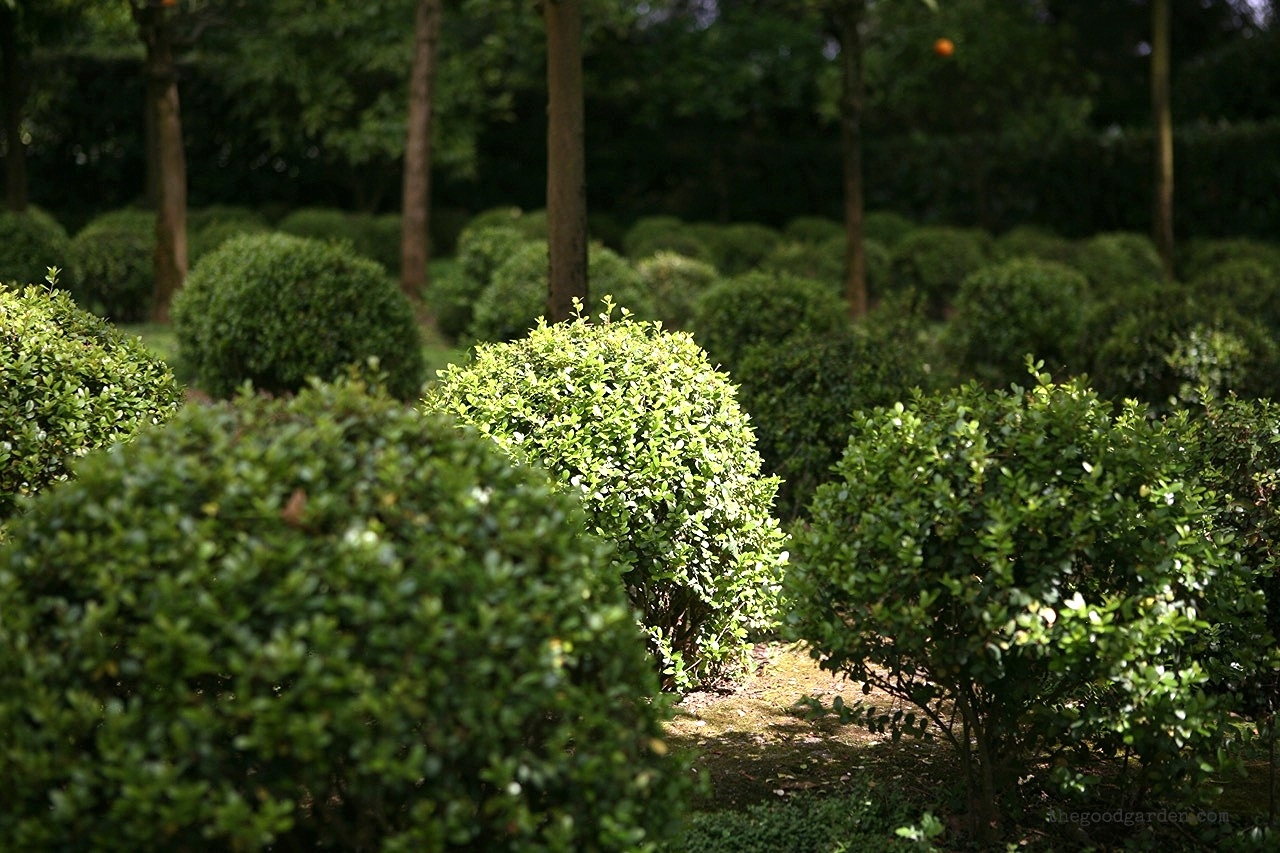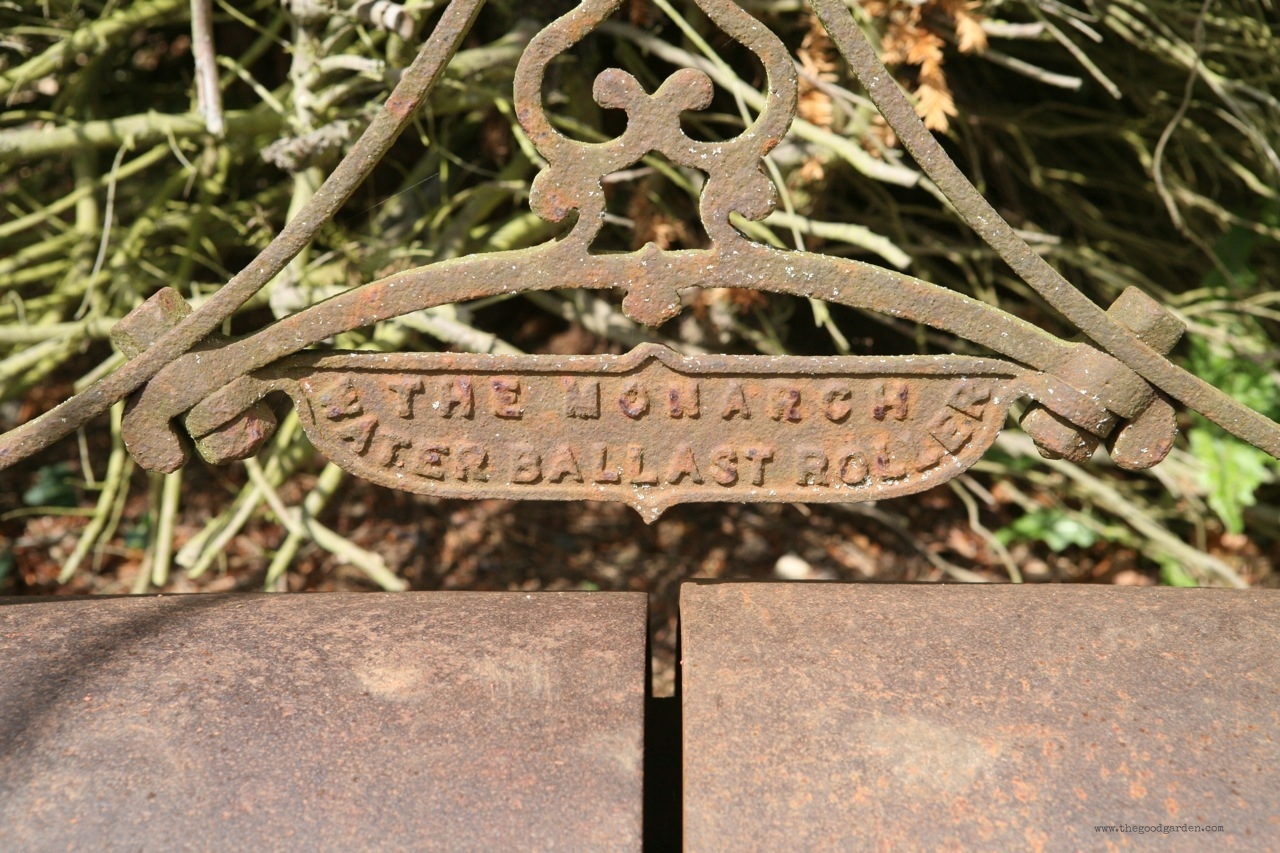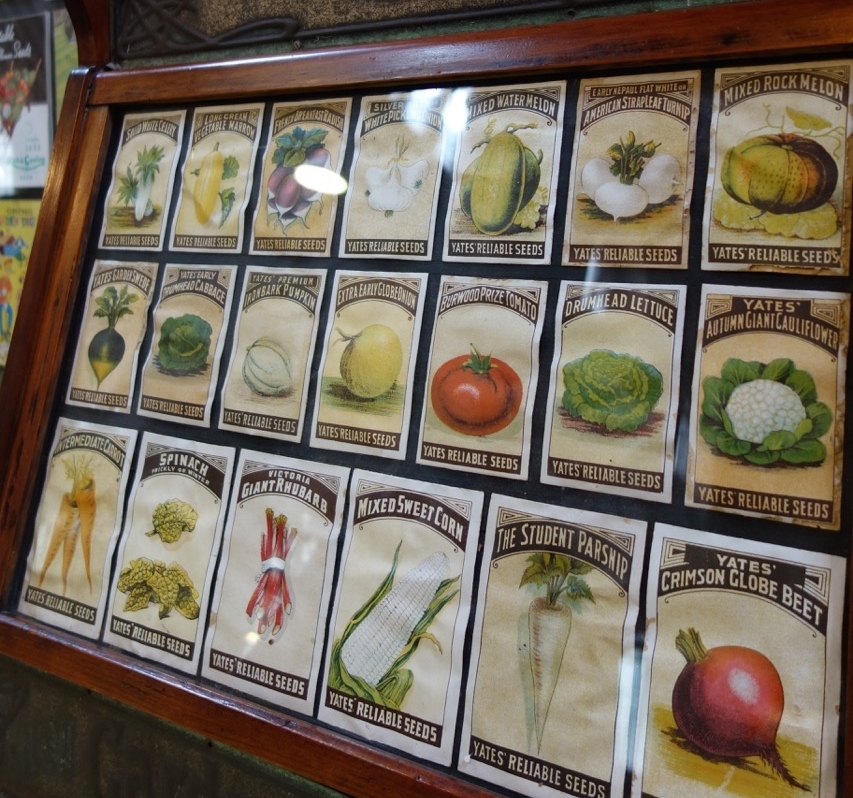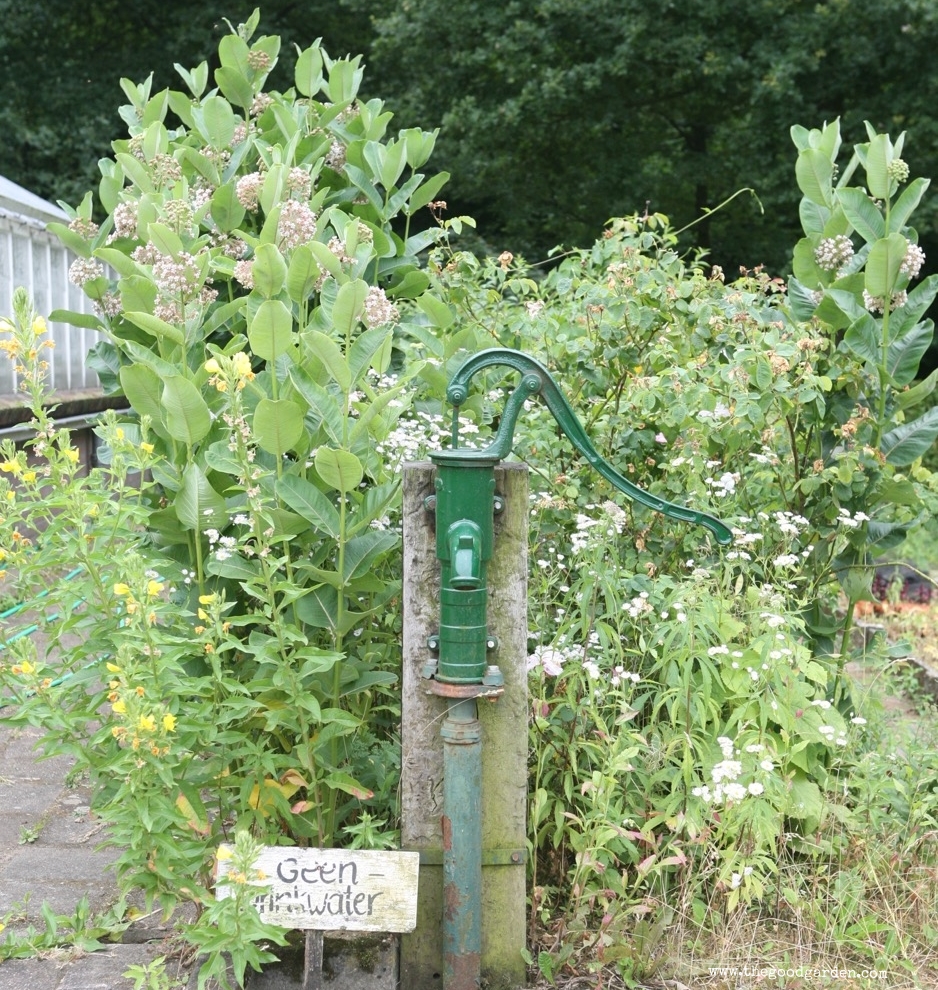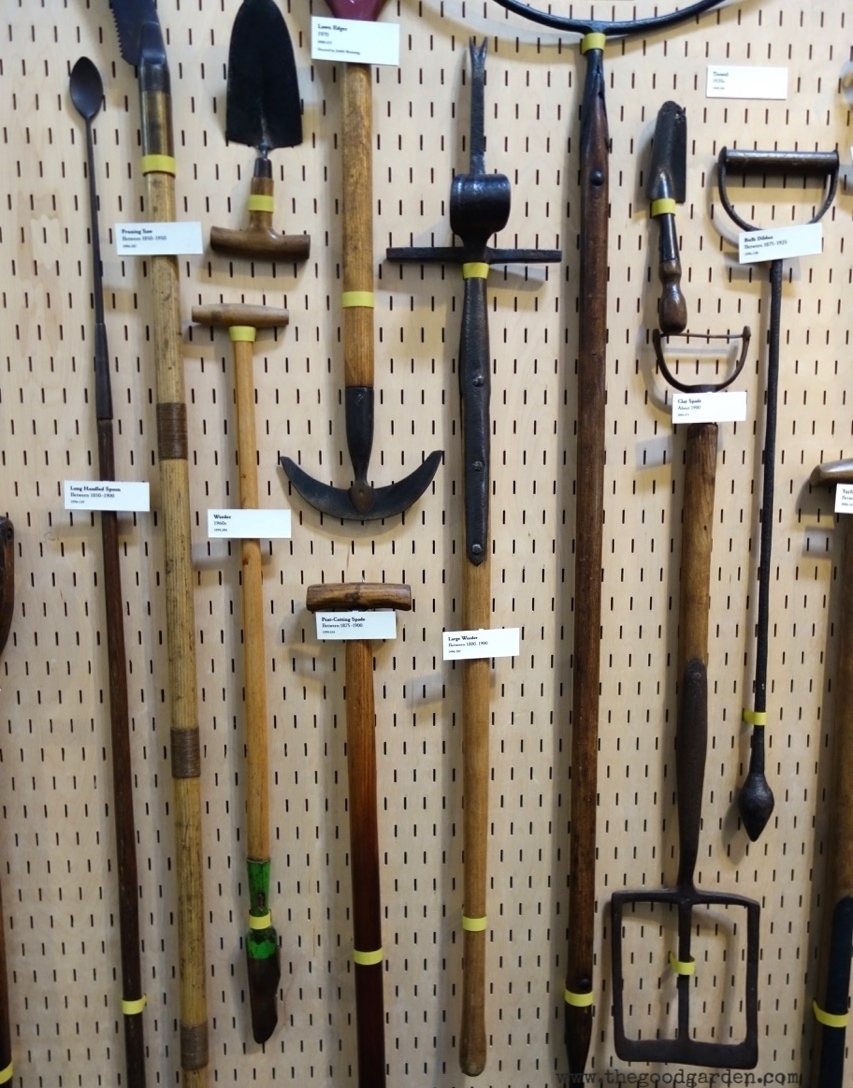Big news. London’s Museum of Garden History has just opened an exhibit of the work of Russell Page. Described as “one of the greatest garden designers of the modern period,” this retrospective shares over 50 paintings, photographs, and drawings, including some from his personal collection.
Russell Page worked in what I call a modern arts and crafts style. His garden rooms provide unique outdoor spaces that are full of interest and personality yet extremely simple and restrained.
Thankfully his book The Education of a Gardener (1962) makes his design philosophy accessible. In it he shares good advice like: “If you wish to make anything grow, you must understand it, and understand it in a very real sense. 'Green fingers' are a fact, and a mystery only to the unpracticed. But green fingers are the extensions of a verdant heart.”
He gives us his thoughts on the importance of restraint, “A discerning eye needs only a hint, and understatement leaves the imagination free to build its own elaborations.”
Page designed gardens from the 1930’s to the 1980’s throughout Europe, the Middle East, and North and South America, ranging from small private gardens to large estates and institutions, so no matter where you live, it is worth the effort to visit his work. Major examples include the Pepsi Sculpture Garden in Purchase, NY, the National Capitol Columns Garden at the US Arboretum in Washington, DC, and the Frick Collection courtyard, now under threat of being removed.
An example of a private residence he worked on is Giardini della Landriana in Ardea, Italy, pictured above. Whereas residences usually consist of a house with a garden attached. At Landriana it is the opposite. This is a garden first, and happens to have a small house nestled inside it. (The gardener has to sleep somewhere.) The story goes that the Marchesa Lavinia Taverna and her husband acquired a piece of barren land in the 1950’s to build a garden. Initially she added plants and tended the garden herself. At the suggestion of a friend, she contacted Russell Page to add some structure. Their collaboration resulted in 23 distinct garden rooms that are full of ideas and inspiration. While some are formal and others informal, each is a masterpiece.
Here I share one of these garden rooms, Giardino degli Aranci, or the Orange Garden. At ground level, paths and stone work form a formal diamond shape. Symmetrical citrus and maple trees draw the eye upwards and provide shade in the warm summer sun. The surprise in this garden goes to the small balls of African boxwood. They are not placed in the typical formal pattern. Instead the boxwood balls are planted to seem as if they randomly rolled into place, and are ready to move at any moment.
Giardini della Landriana is only 2 hours from Rome but one of the more challenging gardens to visit. It is only open to the public a few days a week and at limited times, so check carefully, and bring a map. My GPS insisted I had arrived when I was still 5 min away. I only made it after backtracking into town to get directions.
Based on your summer schedule it may be easier to get to London to see the Russell Page exhibit at the Garden Museum. If you do make it, let me know what you think.
Click here to see more garden rooms at Landriana.
The 23 garden rooms that Russell Page and Marchesa Lavinia Taverna created that make up Giardini della Landriana.

